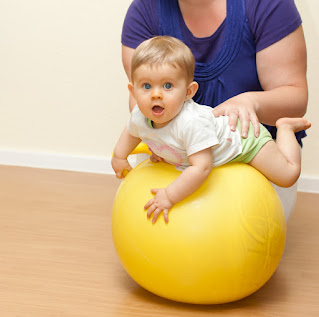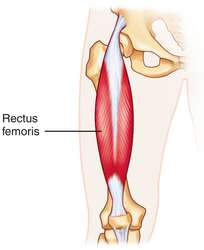
Physiotherapy Treatment and Exercise
Physiotherapy is a form of treatment that is used to help people recover from injuries or illnesses. It can also be used to improve movement and function, and to reduce pain. Physiotherapy can be used on its own, or in combination with other treatments.
Physiotherapy involves a range of treatments, including exercises, massage, and electrical stimulation.
Your GP can refer you to a physiotherapy service.
Physiotherapy can be used to treat a wide range of conditions, including back pain, neck pain, sports injuries, and arthritis. It can also be used to help people with conditions such as asthma, heart disease, and diabetes.Physiootherapy is a safe and effective form of treatment, and it can be used to help people of all ages.
Physiotherapy may help you by:
- helping to improve movement and function
- reducing pain
- speeding up your recovery from an injury or illness
- teaching you how to protect your body and stay healthy
- Physiotherapy is available on the NHS for people who need it.
A physio, or physiotherapist, is a health care professional who helps people restore and maintain their physical abilities. Physiotherapists use a variety of treatments to achieve this, including exercise, manual therapy, Electrotherapy modalities and education.
Why would I need a physio?
There are many reasons why you might need a physio. Some common conditions that can be treated with physiotherapy include:
- Back pain
- Neck pain
- Sports injuries
- Arthritis
- Asthma
- Developmental delays in children
Some people may also need physio to help them recover from surgery or an illness.
How can a physiotherapist help me?
A physiotherapist can help you in many ways. They may recommend exercises to help improve your mobility or strength, or they may use manual therapy techniques to help ease your pain. They can also provide you with education on how to manage your condition.
A physio can help you in many ways. They may recommend exercises to help improve your mobility or strength, or they may use manual therapy techniques to help ease your pain. They can also provide you with education on how to manage your condition.
Physiotherapy is a form of treatment that is used to help people recover from injuries or illnesses. It can also be used to improve movement and function, and to reduce pain. Physiotherapy involves a range of treatments, including exercises, massage, and electrical stimulation.
Physiotherapy is a form of treatment that is used to help people recover from injuries and improve their mobility. There are many different types of physiotherapy, and each one is tailored to meet the specific needs of the person receiving treatment. One type of physiotherapy that is becoming increasingly popular is called physiotherapy.
Sports Physical therapy
Sports physiotherapy is a type of physical therapy that is used to help athletes recover from injuries. It can also be used to improve performance and prevent injuries. Sports physiotherapists use a variety of techniques, including massage, stretching, and exercise, to help athletes recover.
